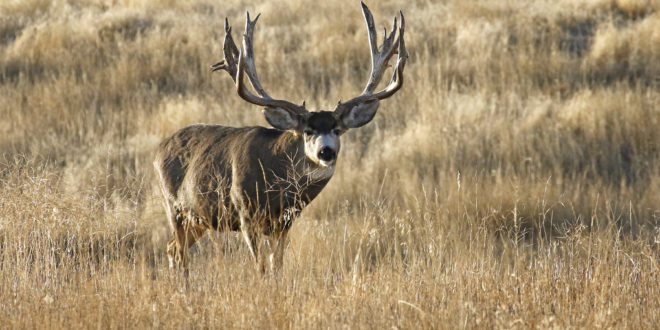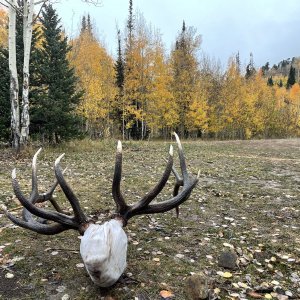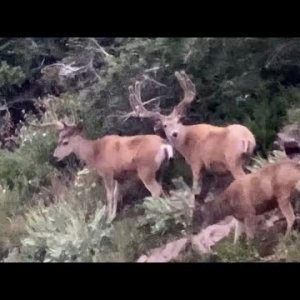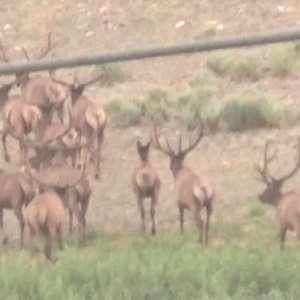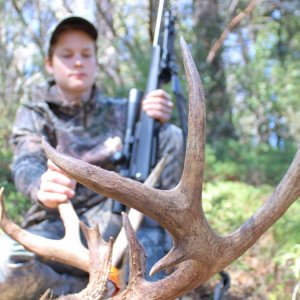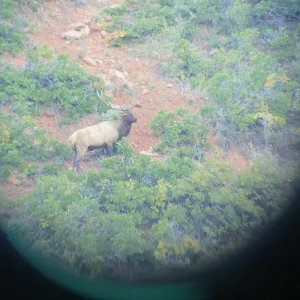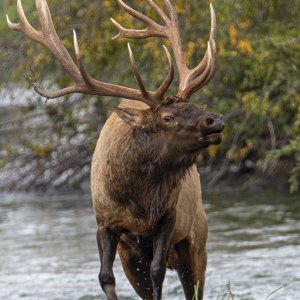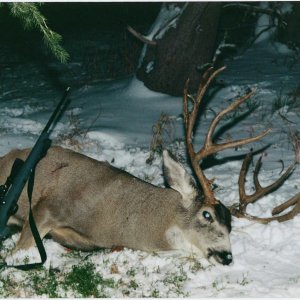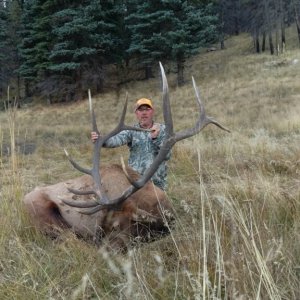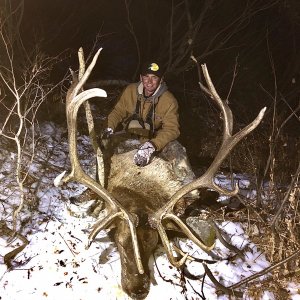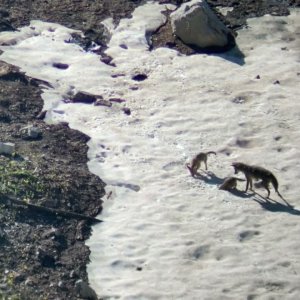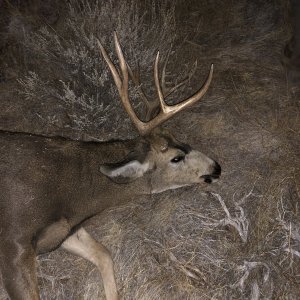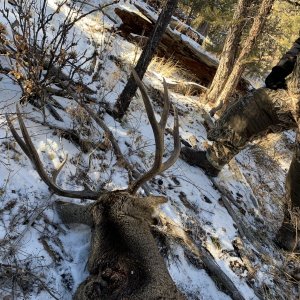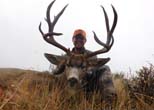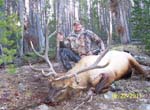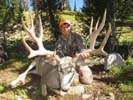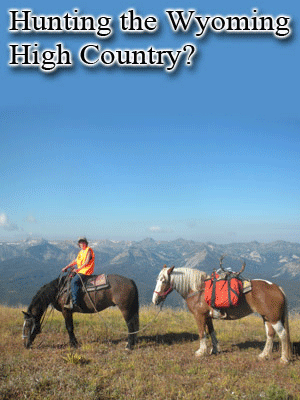There actually is a non-lethal method for monitoring CWD in deer without killing them. It is called tonsil biopsy immunohistochemistry (IHC). The problem is, once IHC has been performed it takes time to view the culture in a lab.
Here is an actual study conducted years ago near Estes Park, Colo using IHC to test and cull CWD in mule deer. Mule deer were darted, IHC samples collected, mule deer tagged/collared, and then released. Deer that tested positive were later tracked down and killed. I have included some of the highlights from the publication below.
We evaluated a test and cull strategy for lowering chronic wasting disease (CWD) prevalence in a naturally-infected, free-ranging mule deer (Odocoileus hemionus) herd wintering in the town of Estes Park, Colorado, US and in nearby Rocky Mountain National Park. We tested 48−68% of the estimated...

bioone.org
MATERIALS AND METHODS
An early model suggested that CWD prevalence could be reduced by 50% over a 5 yr period via selective culling using a 50% annual testing regimen (
Gross and Miller 2001). To that end, we evaluated a test and cull strategy (
Wolfe et al. 2004b) for suppressing CWD in a naturally-infected, free-ranging mule deer herd wintering in the town of Estes Park and in Rocky Mountain National Park, Colorado, US.
We collected samples (tonsil biopsy and blood) and marked each deer with a telemetry device to facilitate tracking down infected individuals (
Wolfe et al. 2004b). We used telemetry to locate test-positive animals and culled them via chemical immobilization as described and intravenous lethal injection (potassium chloride), or via gunshot to the head with a high-caliber rifle.
RESULTS
We collected 1,251 biopsies from over 700 individual deer during the autumn 2002–spring 2007 disease management period. Nearly 92% (1,146/1,251) of biopsies were usable, and about 91% (1,041/1,146) of those had ≥5 lymphoid follicles. During the management period we tested an average of 57% of the estimated number of adult deer each year (range 48−68%;
Table 1). We culled 34 infected females and 37 infected males during that time, usually within 3−6 wk of sampling and within 2 wk of receiving results; all but two of the culled deer were ≥2 yr old.
Among males, CWD prevalence during the 3-yr after period (0.06) was lower (
P=0.014) than during the before period (0.13;
Table 1 and
Fig. 2). However, recapture rates for males did not exceed 50% until 2006−07 (Fig. S1) and perhaps reflected immigration or underestimated abundance of male deer. In contrast, prevalence among females during the before and after periods were equivalent (
P=0.777;
Table 1 and
Fig. 2). Estimated prevalence among hunter-harvested, adult male (0.09–0.11) and female (0.06–0.07) mule deer in the surrounding Big Thompson population also remained relatively unchanged during this same time period (
Fig. 2 and Table S1).
DISCUSSION
Despite expending considerable field effort and adhering closely to management objectives, we did not uniformly reduce CWD prevalence through selective culling. Chronic wasting disease became endemic in this area well before disease management began, so it seems plausible that contaminated environments could sustain transmission over several years, despite aggressive removal of infected deer.
BOTTOM LINE
In some aspects, our culling of known CWD-positive animals simulated the effect of natural predators in the wild that exploit vulnerabilities and weakness when selecting prey. Although we detected some infected individuals well before clinical signs would have been discernible to a predator, at the herd level our testing effort likely was not as persistent or effective as that of natural predators. Our findings could lend credence to the potential role of predation−of sufficiently high intensity and duration−in helping suppress CWD outbreaks if CWD-positive individuals are preferentially targeted by predators (
Wild et al. 2011).

